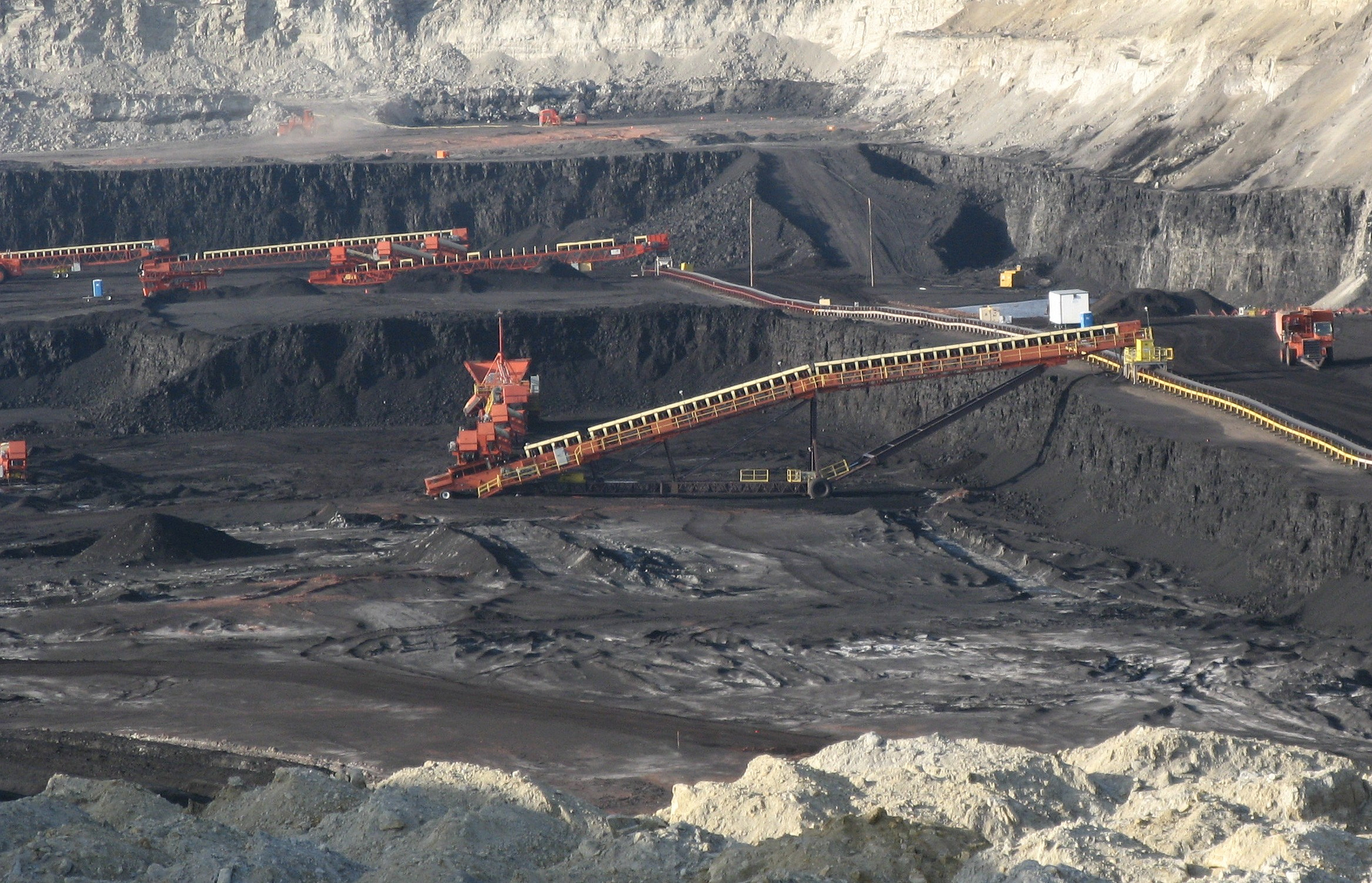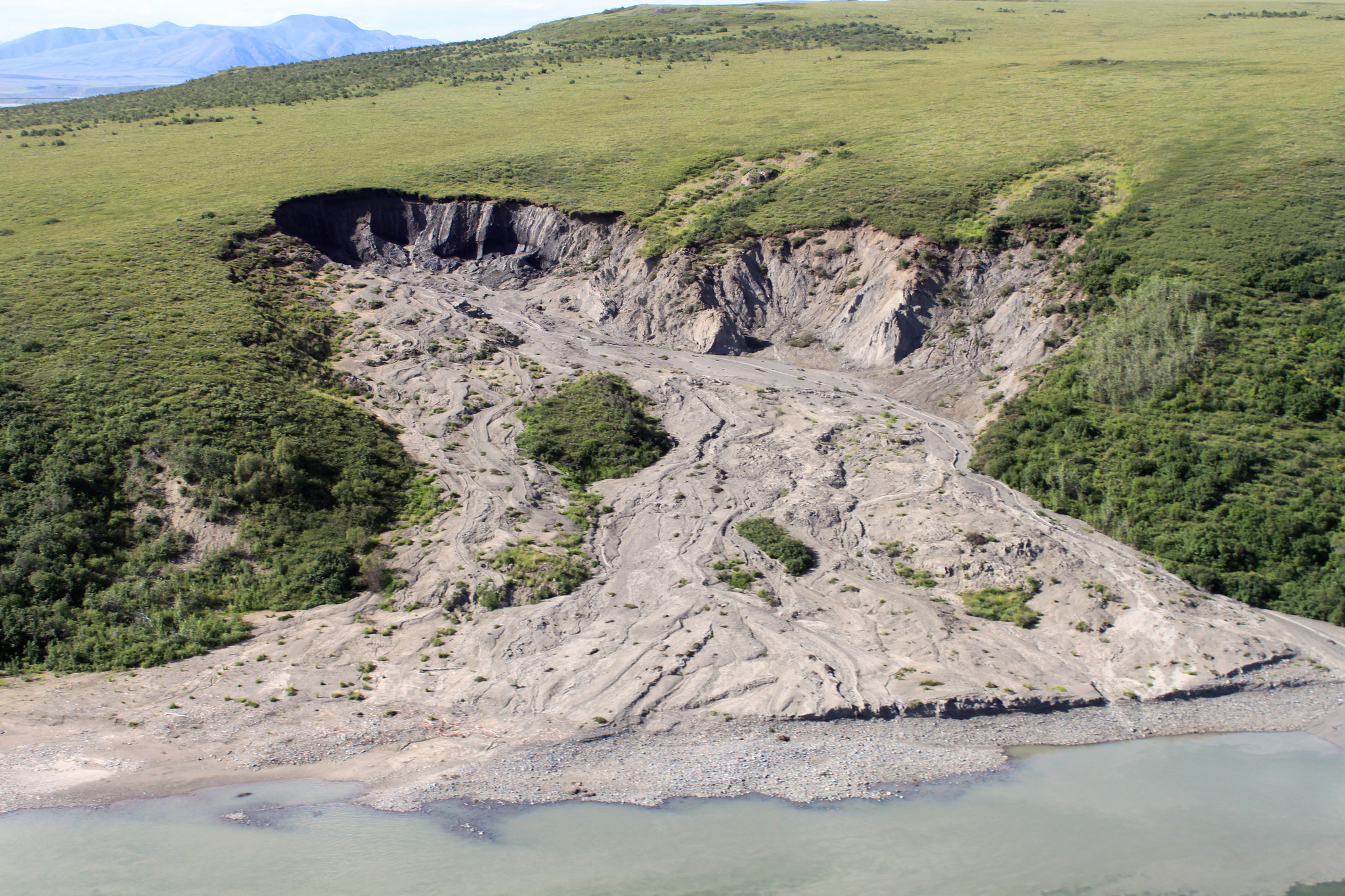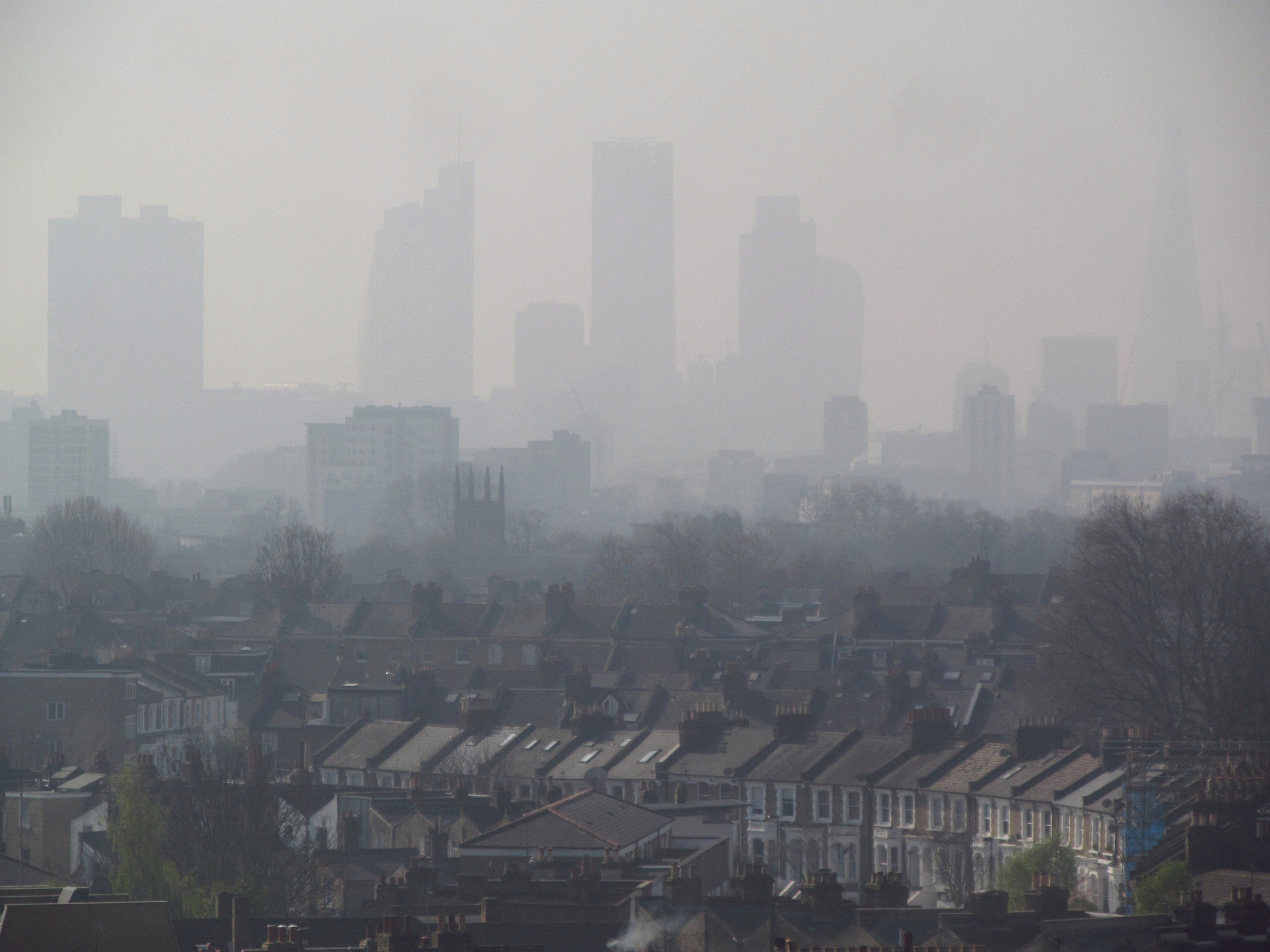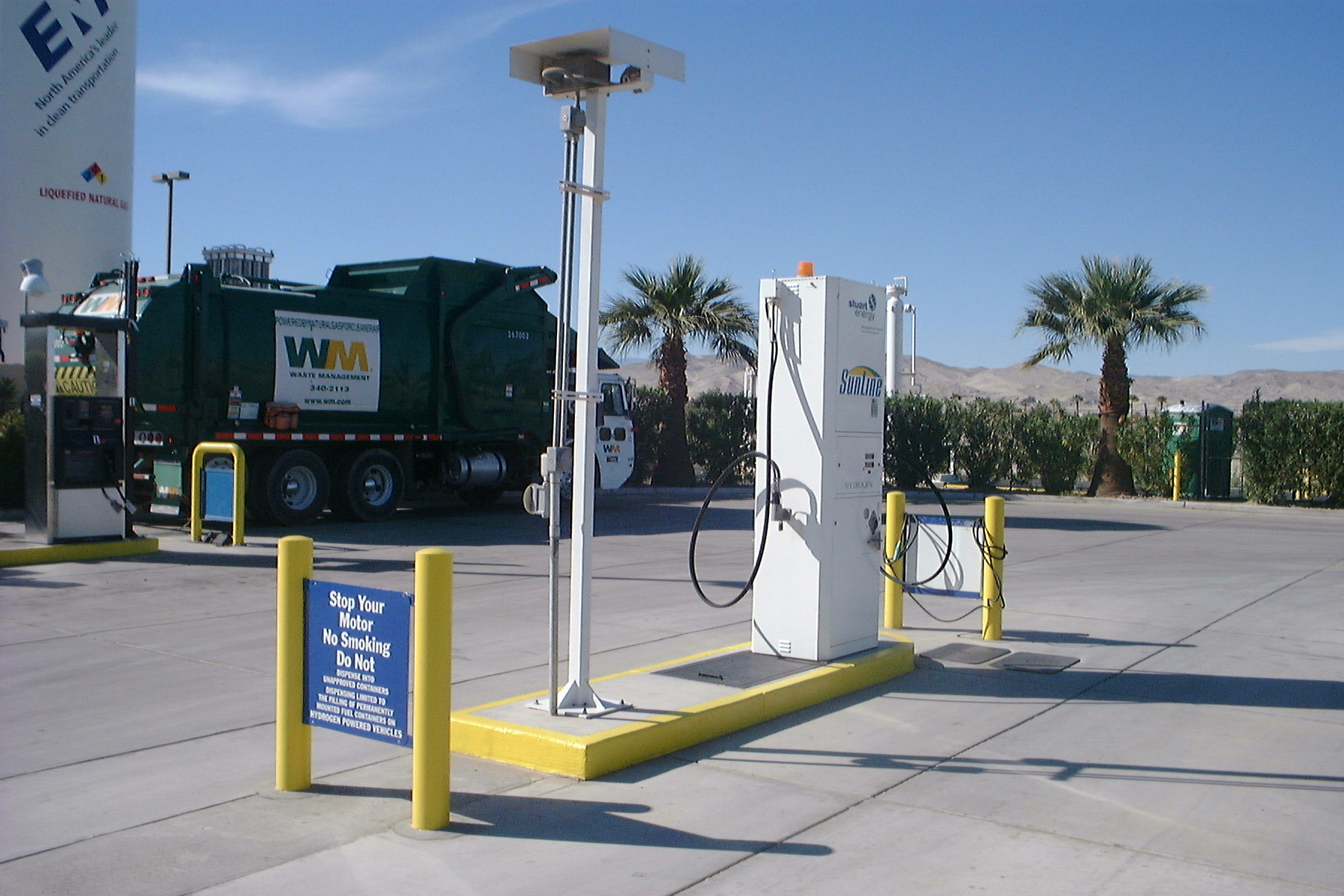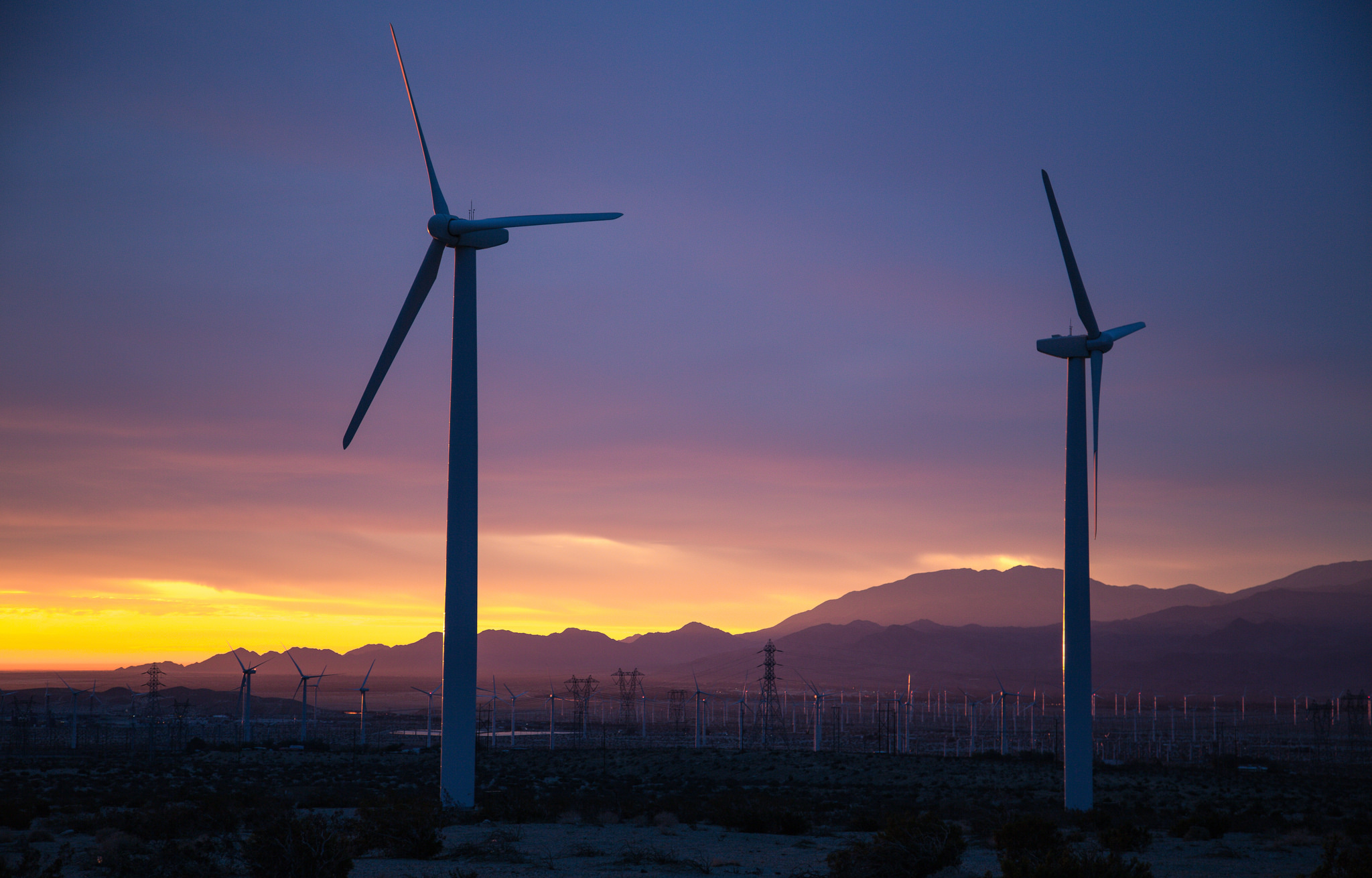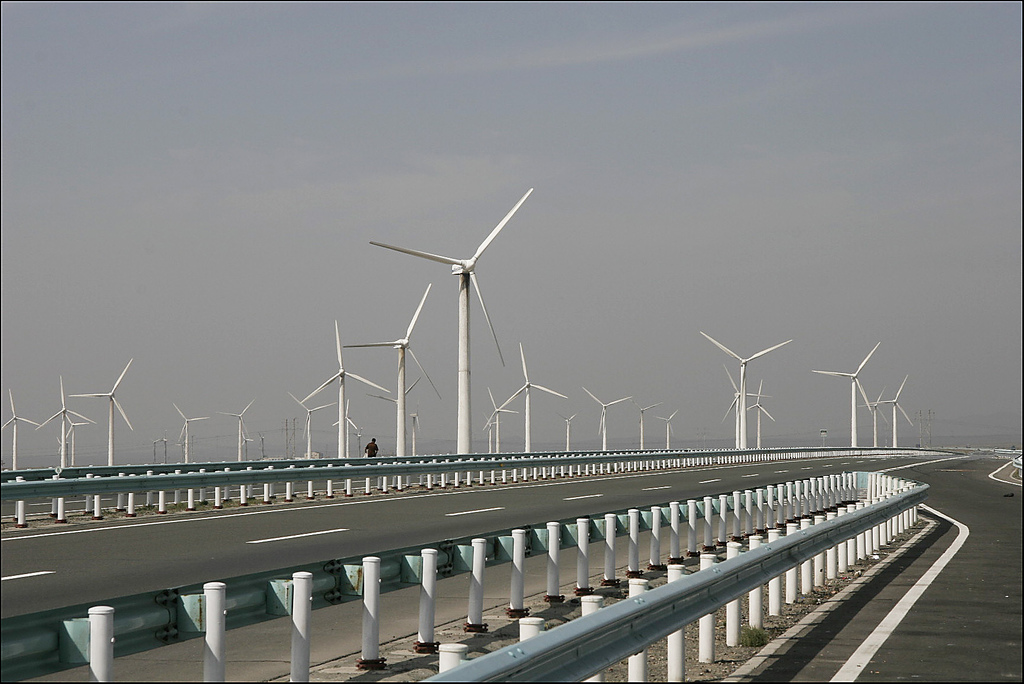carbon
A Record Drop In Coal Consumption
Global consumption of coal dropped by 1.7% last year. This is a major change considering that it had increased by an average of 1.9% per year from 2005 to 2015. China, which accounts for about half of the coal burned in the world, used 1.6% less in 2016, as compared to an increase of 3.7% per year over the previous 11 years.
Air Pollution And Solar Power
We are well-aware of the negative effects of air pollution on human health and on the environment, but a recent study at Duke University has revealed that global solar energy production is taking a major hit due to air pollution and dust.
Exporting Emissions
The Paris Climate Agreement seeks to reduce global carbon emissions. The nearly 200 countries who signed it have pledged to reduce their own emissions within their borders. And therein lies the rub: the agreement says nothing about the impact their products have across the world. For some countries, the problem is not so much the emissions they produce; it is those they export.
A CO2 Vacuum Cleaner
A new carbon capture plant, sitting on top of a waste incineration facility near Zurich, Switzerland, is now sucking CO2 out of the air to sell to its first customer. The plant opened on May 31, and is the first commercial enterprise of its kind.
Migrating Trees
The changing climate is having a marked effect on forests in this country. In particular, trees along the U.S. eastern seaboard are changing their range as they slowly seek to escape rising temperatures.
Dams And The Environment
There are an estimated 84,000 dams in the United States which impound 600,000 miles of river, or about 17% of the rivers in the country. Within the next 15 years, more than 90% of the world’s rivers will be fragmented by at least one dam.
Antarctica Is Getting Greener
The frozen landscape of Antarctica is getting greener. Researchers drilling into layers of moss that have been accumulating in Antarctica over the last 150 years have found that the growth rate of the moss has been speeding up over the past 50 years.
Carbon From The Alaskan Tundra
The soils that encircle the northern reaches of the Arctic are a vast repository for carbon in the form of undecayed organic matter from dead vegetation. The enormous amount of material trapped in the permafrost contains enough carbon to double the current amount of carbon dioxide in the Earth’s atmosphere.
Liana Vines And Carbon
Liana vines are long-stemmed, woody vines that are rooted in the soil at ground level and use trees or other means of vertical support to climb up to the canopy to gain access to sunlight. There are numerous varieties from many plant families. And, for reasons that are not entirely clear, their abundance has doubled in recent decades.
Turning Seawater Into Drinking Water
Graphene is often called the wonder material. First isolated by scientists in 2004, it is a form of carbon that is just one atom thick, extremely light, two hundred times stronger than steel, highly flexible, and an excellent conductor of heat and electricity. Scientists are finding numerous applications for it.
Climate Change And A Divided Country
This Saturday is Earth Day and it’s also the occasion for the March for Science taking place in Washington, DC and in many other cities around the world. The purpose is to express support for scientific research and evidence-based policies in a tumultuous political environment.
Cleaning Britain’s Air
According to a new study by the non-profit group Carbon Brief, carbon dioxide emissions in the United Kingdom are at their lowest levels since the 1920s. Four factors are responsible: a record drop in coal use, the rapid growth of renewable energy, the expansion of energy efficiency programs, and the increased use of natural gas for electricity power plants.
A Hydrogen Sponge
Hydrogen fuel cell electric vehicles are just starting to enter the market but they have a long way to go before they can even catch up with their battery-powered counterparts. Powering cars with hydrogen has the advantage that fueling the vehicle is much like what we are used to: pull up to the pump, fill your tank for a few minutes, and drive off.
Positive Environmental News
From melting Arctic ice to dying coral reefs to rising sea levels, there was no shortage of grim environmental news in 2016. But the news wasn’t all bad. There were several bright spots for the environment last year as well.
2016 Carbon Progress Report
Last year was a big year for progress in the U.S. power sector. Renewable energy provided nearly 17% of the country’s electricity, up from 13.7% in 2015. The first offshore wind farm in the U.S. opened off the coast of Rhode Island. And most significantly, carbon emissions from the power sector continued to decline and reached the lowest levels in nearly 25 years.
Northeast Temperatures
A year ago, nearly 200 countries signed an agreement, known as the Paris Accord, to fight climate change by mitigating greenhouse gas emissions. They each promised to reduce their carbon output as soon as possible, and to do their best to keep global warming well below 2-degrees Celsius (or 3.6 degrees Fahrenheit).
China As Climate Leader
China and the United States today produce nearly half of the world’s carbon emissions, so the fight against global climate change depends greatly upon what actions the two countries take. China has undergone a dramatic transformation over the past twenty years from a largely rural society to one that is far more urbanized and far more energy intensive. In 1997, when the Kyoto Protocol on climate was negotiated, China was only responsible for 14% of global CO2 emissions. It then surpassed the US on that front in less than 10 years and now accounts for nearly 30% of the world’s emissions.
Accidental Ethanol From Carbon Dioxide
Scientists at the Oak Ridge National Laboratory in Tennessee were trying to find a series of chemical reactions that could turn carbon dioxide into a useful fuel. But the unexpected occurred: they found that the first step in their process actually got the job done all by itself. The reaction turns CO2 into ethanol, which is already used to power generators and vehicles.
Renewables On Campus
Colleges and universities across the country are increasingly deploying solar arrays and other types of renewable energy. Many have set goals to become carbon neutral.

